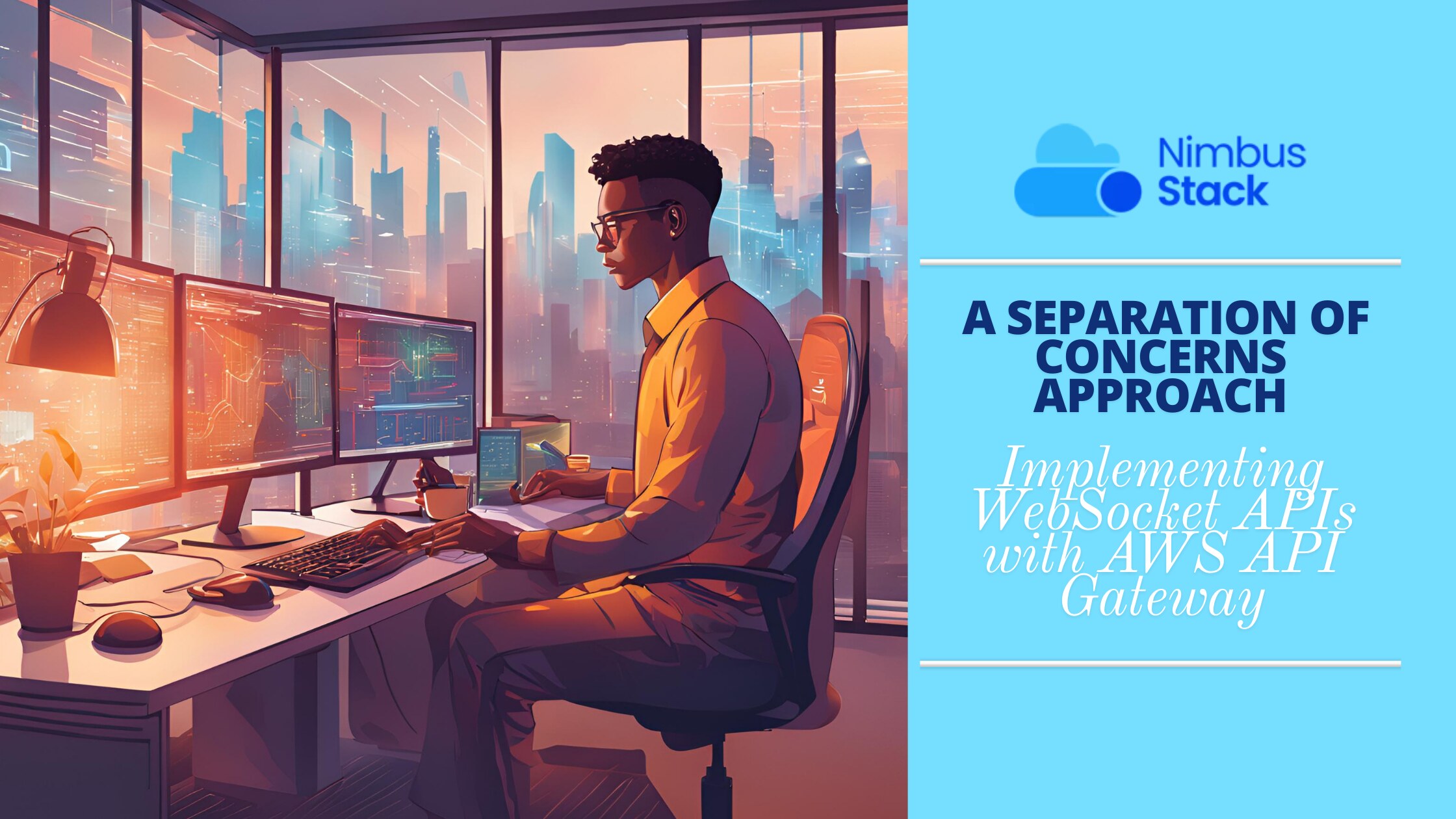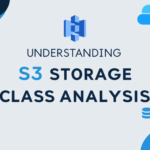Introduction
In the world of modern applications, real-time communication is becoming increasingly vital. WebSocket APIs provide a two-way interactive communication channel between the client and server, making them perfect for scenarios like live chat, gaming, and collaborative tools. However, when building such systems, maintaining a separation of concerns between the frontend and backend becomes essential for scalability, security, and long-term maintainability.
In this blog, we’ll guide you through implementing a WebSocket API using AWS API Gateway, AWS Lambda, and DynamoDB—demonstrating how to decouple the frontend communication from backend processing to achieve a flexible, scalable architecture.
Why Separation of Concerns?
Separation of concerns is a design principle that breaks down an application into distinct sections, each handling a single responsibility. When applied to WebSocket APIs:
- Frontend manages user interactions.
- Backend manages business logic and data processing.
By decoupling these components, you simplify development, improve scalability, and enhance security—allowing each piece of the system to evolve independently.
Step 1: Setting Up the WebSocket API in AWS API Gateway
AWS API Gateway enables easy creation and management of WebSocket APIs. Here’s how you can get started:
- Create a WebSocket API in API Gateway.
- Define key routes:
$connect: Triggered when a client establishes a connection.$disconnect: Called when the client disconnects.- Custom routes, such as
/sendMessage, to handle specific client actions.
Each route maps to specific Lambda functions (discussed below) that process client requests, keeping the communication logic well-separated from backend operations.
Step 2: Lambda Functions for Route Integration
Next, for each route, create a corresponding AWS Lambda function. This allows each WebSocket interaction to have its own isolated logic, making the system modular and maintainable.
onConnectHandler: Stores connection details (e.g.,connectionId, username) in DynamoDB for tracking clients.onMessageHandler: Processes incoming client messages, determines appropriate actions, and forwards them to backend services.onDisconnectHandler: Cleans up resources when a client disconnects, ensuring a clean state.
Example onConnectHandler code snippet on Python:
import boto3
def lambda_handler(event, context):
connection_id = event['requestContext']['connectionId']
dynamodb = boto3.resource('dynamodb')
table = dynamodb.Table('WebSocketConnections')
table.put_item(Item={'connectionId': connection_id, 'username': 'exampleUser'})
Step 3: Using DynamoDB for State Management
DynamoDB acts as the state manager for WebSocket connections. Each client connection can be stored using a connectionId as the primary key. By decoupling the WebSocket connection state from your backend, you ensure that the API remains stateless, allowing seamless scaling and handling of client connections.
For example, when a client connects, onConnectHandler stores:
{
"connectionId": "abc123",
"username": "JohnDoe"
}
On disconnect, onDisconnectHandler removes this entry, ensuring your application’s state remains clean and up-to-date.
Step 4: Sending Messages Using the @connections API
One of the most powerful features of AWS API Gateway’s WebSocket API is the @connections API, which allows Lambda functions to communicate with specific clients by pushing messages to their connectionId.
Here’s how you can send messages from a backend service to a connected client:
import boto3
client = boto3.client('apigatewaymanagementapi', endpoint_url="https://<api-id>.execute-api.<region>.amazonaws.com/<stage>")
client.post_to_connection(
ConnectionId="your-connection-id",
Data="Hello from the backend!"
)
This communication method ensures the backend remains decoupled from the WebSocket connections, allowing you to focus solely on the business logic.
Step 5: Key Benefits of Decoupling and Separation of Concerns
- Scalability: API Gateway, Lambda, and DynamoDB are managed services that automatically scale to handle growing traffic without any manual intervention.
- Maintainability: By separating the WebSocket communication logic (API Gateway) from backend processing (Lambda) and state management (DynamoDB), you create a system that’s easy to update and modify over time.
- Security: Isolating client connections from backend systems reduces the attack surface and simplifies access control, ensuring secure communication.
Conclusion
Building WebSocket APIs on AWS with a clear separation of concerns enables you to create scalable, secure, and maintainable real-time communication systems. By leveraging the power of API Gateway, AWS Lambda, and DynamoDB, you can easily manage WebSocket connections, process messages, and maintain a clean backend infrastructure—all while focusing on delivering an exceptional user experience.
Contact NimbusStack and start implementing this architecture today to unlock the full potential of real-time communication in your applications!



